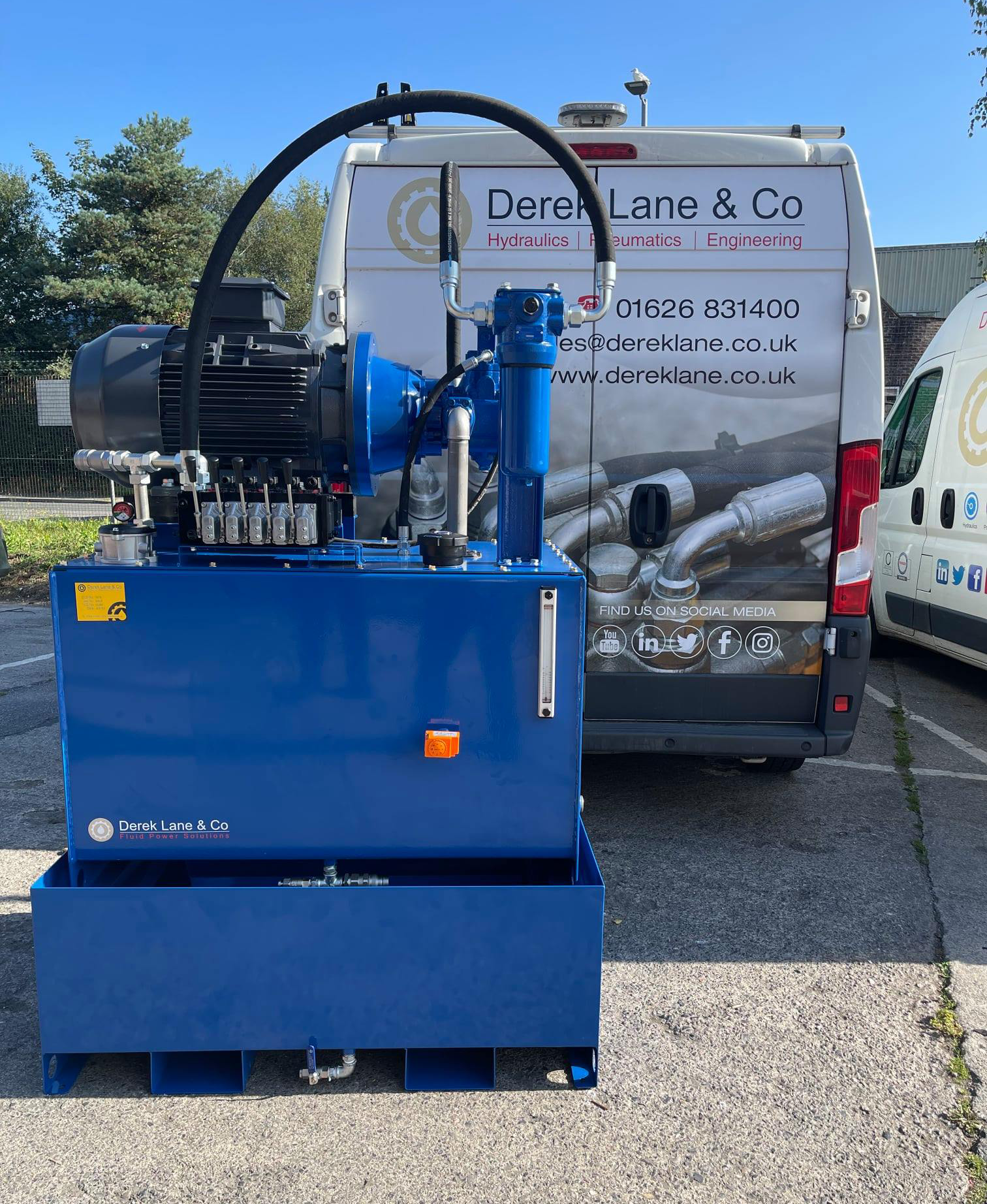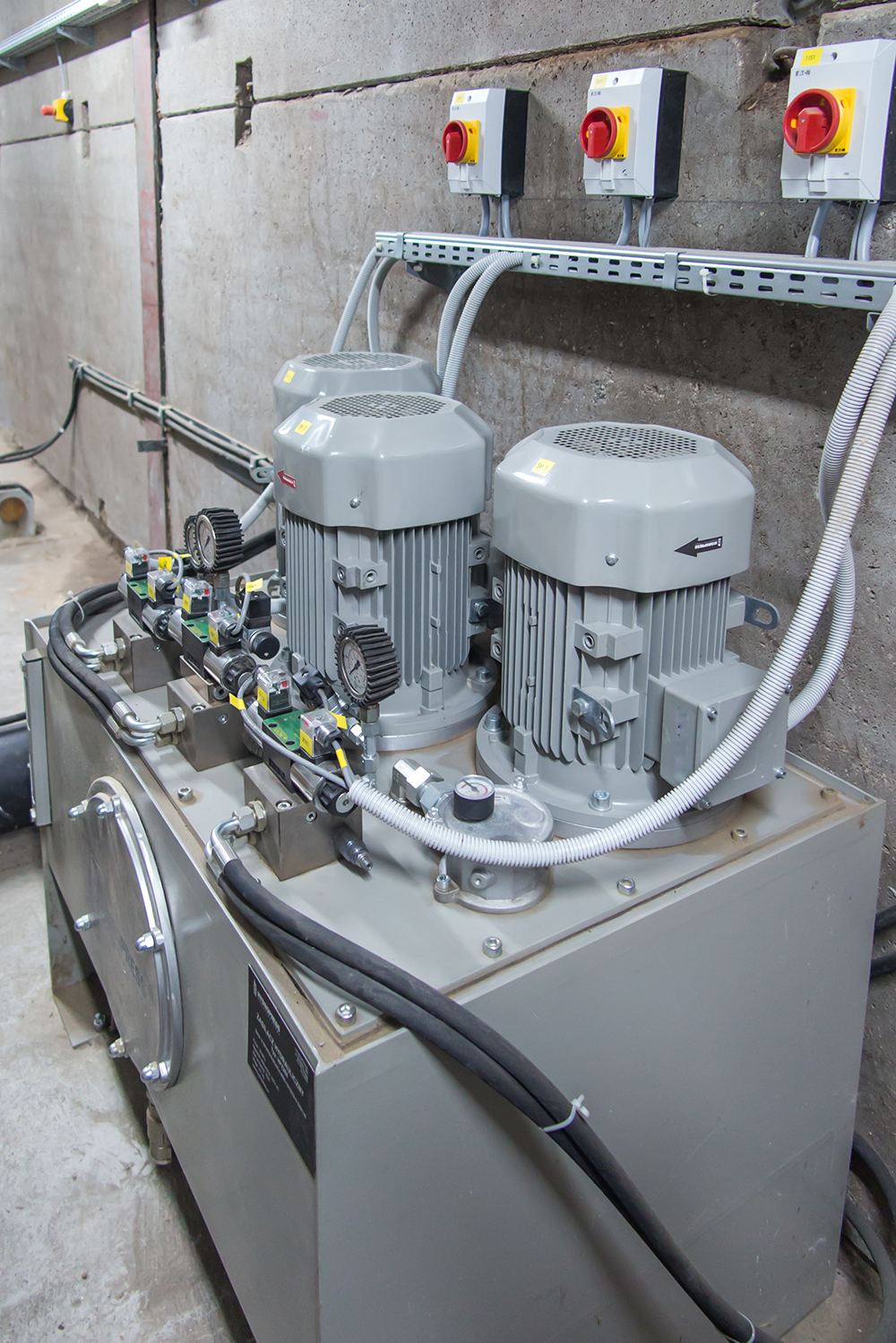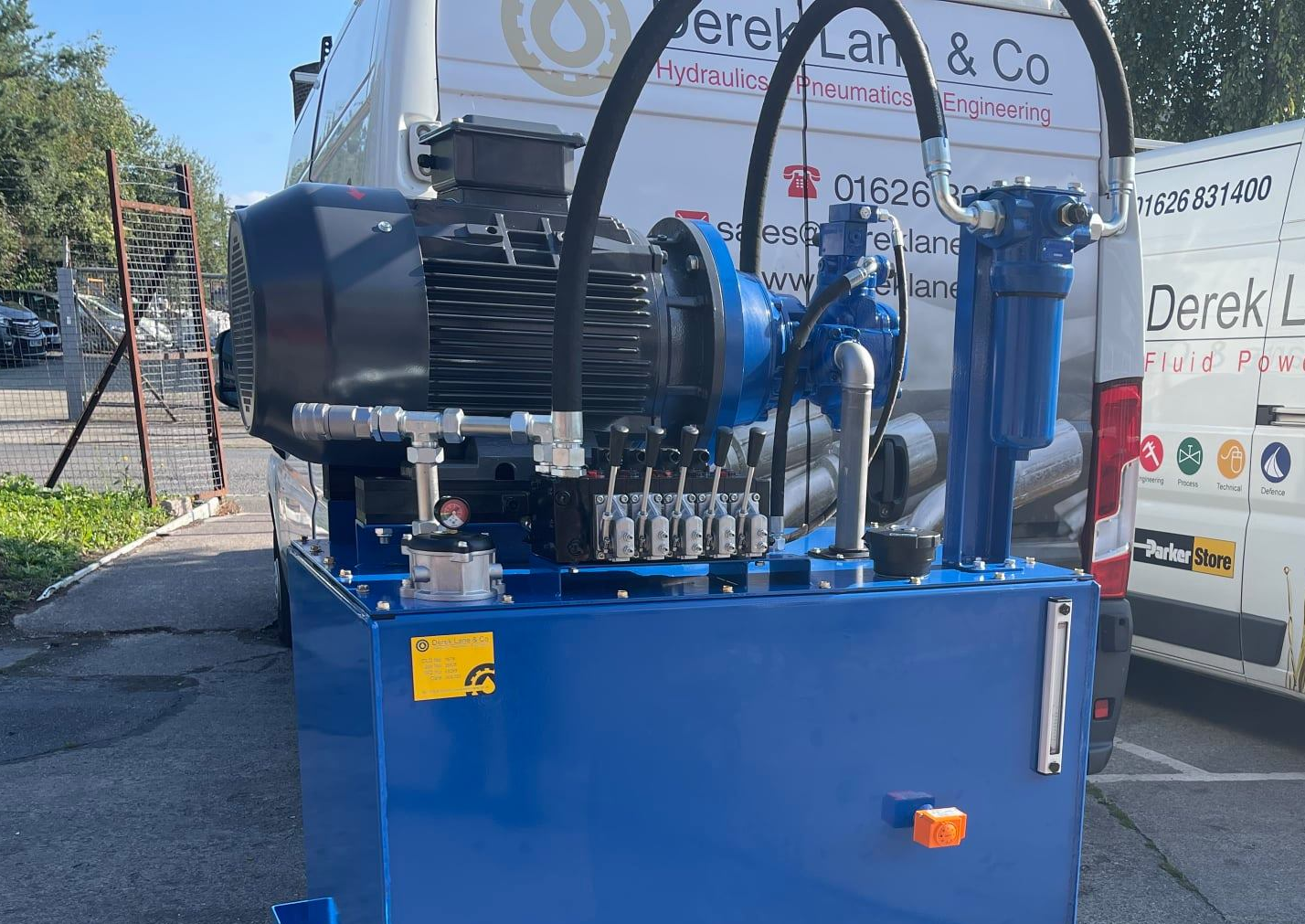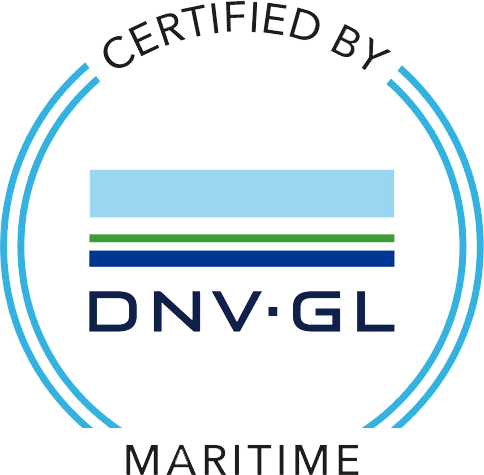How a hydraulic power pack works
Hydraulic power packs, or hydraulic power units (HPUs) are a critical component in many hydraulic systems. Capable of generating tremendous amounts of power, many industries rely on HPUs to carry out their day-to-day tasks.
But, what actually is a hydraulic power pack and why are they so important?
Whether you’re brushing up on your hydraulics knowledge or are simply intrigued by the fascinating technology behind it, this article aims to provide an insight into all you need to know about hydraulic power packs.
What is a hydraulic power pack?
Before delving into the functions of a hydraulic power pack, it’s important to understand exactly what a hydraulic power pack is and what it’s used for.
Essentially, a hydraulic power pack is a self-contained unit that provides the power to drive an actuator within a hydraulic system, such as a motor or cylinder.
Hydraulic power packs are a vital component of many hydraulic machines, particularly those which require a high level of power that can only be generated by one of these units as opposed to an integrated power supply.
One of the greatest advantages of a hydraulic power unit is its portability. Whilst they can be configured in a range of designs and sizes to meet the demands of different applications, as portable units they generate power without the need for direct access to a power source.

How does a hydraulic power pack work?
In its simplest form, a hydraulic power pack utilises hydraulic fluid to transfer energy from one place to another. This science is based on the principles of Pascal’s law which states that when applying increased pressure to a contained fluid, this pressure will be transmitted to every section of the fluid – therefore, transferring this force to the opposite end of the container.
Once this energy passes through to the desired endpoint, such as the motor or cylinder, the pressure, in turn, drives the force needed to move the parts in the system that operate the machine.
In a hydraulic system, the power pack provides the energy needed for this action to take place and can generate huge amounts of power in a rotary or linear motion. The amount of power generated is controlled and maintained by other components in the unit, which we will discuss later in the article.
Functions of hydraulic power packs
Hydraulic power packs are heavily relied upon in many different industries that require the help of hydraulic machinery to power their work. From lifting to digging and moving, the massive power output exerted by these units is essential to a number of sectors including:
Construction
Perhaps the most commonly recognised application of hydraulics is in construction. The technology is used to help accomplish many heavy-duty tasks performed by machines such as excavators and bulldozers, where a hydraulic power pack is essential to help lift heavy loads.
Automotive
Car mechanics rely on the technology of hydraulics and the force of power units to hoist motors in the air in order to observe them from different angles and carry out a variety of repair services.
Agriculture
Hydraulic power packs are crucial within agriculture and farming, as they provide the portable power needed to drive tractors and other machinery that is often required to lift and transport heavy loads.
Fishing
Hydraulics can quite literally apply to any task which requires heavy lifting – including fishing. Fishermen need added assistance when it comes to lifting nets loaded with fish, and with such large-scale labours, the help of a hydraulic power pack eases the burden.

Components of a hydraulic power pack
As mentioned previously, hydraulic power packs can come in a variety of sizes, but no matter whether they are designed to be small and compact, or large and stationary, all units will consist of the following six components.
Hydraulic reservoir
The hydraulic reservoir is a container that holds the hydraulic fluid. The reservoir selected should be sized to provide space to allow for the fluid to expand, and air in the fluid to escape.
Hydraulic pump
The hydraulic pump generally has two functions: to pressurise the hydraulic fluid and to create a vacuum that pulls the liquid from the reservoir to progress it through the rest of the system.
Hydraulic motor
The hydraulic motor simply powers the pump and draws energy into the power pack. There are many different types of hydraulic motor that may be used such as a gear, piston or vane motor.
Regulators
Regulators are an essential component of a hydraulic power pack, used to control and maintain the amount of power that is generated by the unit.
Pressure supply & relief lines
The pressure supply lines within a hydraulic power pack are used to transfer the pressurised fluid to the pump. The pressure relief lines can offer two main functions: to relieve the pressure between the valves and pumps, and to control the direction of flow through the system.

Hydraulic power pack maintenance
As with any type of hydraulic machinery, power packs require regular maintenance checks to ensure that they are operating smoothly and safely. Sticking to a frequent service schedule will make sure that your system remains structurally sound for longer, therefore extending its lifespan.
The good news is that hydraulic power packs are fairly easy to maintain. Simple checks of the tubing and connections, along with changing the hydraulic fluid and checking for any corrosion or cracks in the reservoir will make you aware of any repairs that may be needed.
How often you need to perform maintenance on your hydraulic power pack will depend on its size and application, along with the operating environment it’s exposed to. If you’re ever unsure, it’s always best to seek the help of a hydraulic engineer who will be able to advise on your maintenance schedule.
Custom hydraulic power pack builds
When it comes to designing a hydraulic power pack for your application, the components and fittings chosen have a direct impact on its performance, reliability and safety. Generally, no two applications are the same, so it’s important to ensure that your hydraulic power pack is sized correctly to suit your specific requirements.
Derek Lane & Co have over 40 years of experience in the design, manufacture and installation of hydraulic power packs. We can supply general use hydraulic power units or manufacture bespoke heavy-duty builds to meet the demands of your application.
We work only with global-leading manufacturers to source the highest quality and most reliable components, with all fabrication managed in-house at our factory in Devon, UK. Whether you’re looking for a quick replacement or a bespoke solution, get in touch with us to see how we can help.










